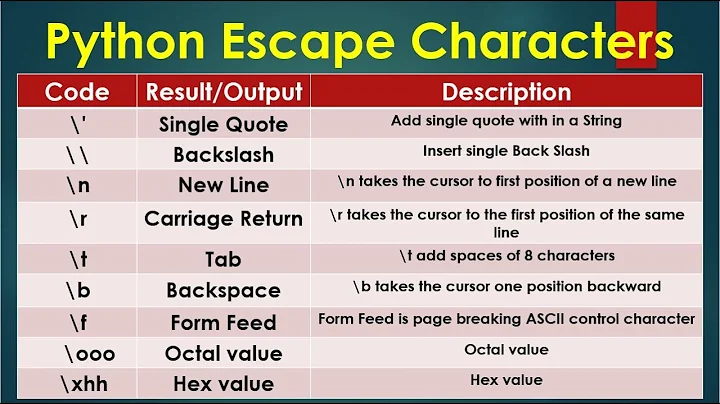How to use less in a script without getting ESC escape characters?
Use -R flag:
-r or --raw-control-chars
Causes "raw" control characters to be displayed. The default is to display control characters using the caret notation; for example, a control-A (octal 001) is displayed as "^A". Warning: when the -r option is used, less cannot keep track of the actual appearance of the screen (since this depends on how the screen responds to each type of control character). Thus, various display problems may result, such as long lines being split in the wrong place.
-R or --RAW-CONTROL-CHARS
Like -r, but only ANSI "color" escape sequences are output in "raw" form. Unlike -r, the screen appearance is maintained correctly in most cases. ANSI "color" escape sequences are sequences of the form:
ESC [ ... mwhere the "..." is zero or more color specification characters For the purpose of keeping track of screen appearance, ANSI color escape sequences are assumed to not move the cursor. You can make less think that characters other than "m" can end ANSI color escape sequences by setting the environment variable LESSANSIENDCHARS to the list of characters which can end a color escape sequence. And you can make less think that characters other than the standard ones may appear between the ESC and the m by setting the environment variable LESSANSIMIDCHARS to the list of characters which can appear.
From less man page.
Related videos on Youtube
Comments
-
Michael Durrant over 1 year
When I use
lessat the command line the output is like
but when I use
lessfrom within a bash script I get:![<code>[![enter image description here][1]][1]</code>](https://i.stack.imgur.com/zhUcS.png)
How can I use
lessin a bash script and not get all the escape characters and have it work like it does at the interactive command line?-
zwol about 8 yearsYou have an environment variable whose name begins with
LESSset to some value in your interactive shell, but not in your shell script. Doprintenv | grep LESSto find out its identity, and then you can set it in your shell script too, or use the equivalent command-line options.
-






